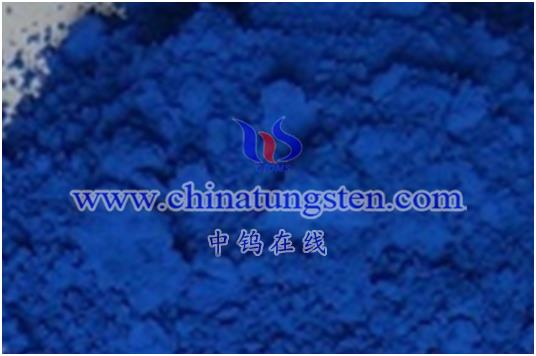β-tungsten oxide (β-tungsten oxide) has important applications in the field of photoelectrocatalysis. As a semiconductor material, β-tungsten oxide has special photoelectric properties, which can absorb visible light and ultraviolet light, and realize photocatalytic reactions through the generation of photogenerated electron-hole pairs and corresponding reactions. Here is some information about β-tungsten oxide photocatalysis:
β Tungsten Oxide Photoelectrocatalytic Light Absorption Ability
Beta tungsten oxide has a wide bandgap and can absorb part of the energy of visible light and ultraviolet light. This enables it to perform photocatalytic reactions using sunlight or visible light, thus exhibiting potential in the fields of environmental purification, water splitting, and photocatalytic degradation of organic pollutants.
β-tungsten oxide photoelectrocatalytic photogenerated electron-hole pair generation
When β-tungsten oxide absorbs light energy, the photogenerated electron and hole pairs will be excited. Electron and hole pairs can participate in different catalytic reaction processes, such as electrons participating in reduction reactions and holes participating in oxidation reactions.
β-Tungsten Oxide Photoelectrocatalytic Water Splitting
β-tungsten oxide photocatalytic water splitting is an important application. Under proper catalytic conditions, the photogenerated electron and hole pairs can promote the decomposition of water molecules to generate hydrogen and oxygen. This is a renewable hydrogen energy production method that can help solve energy and environmental issues.
Photocatalytic photocatalytic degradation of organic pollutants by β-tungsten oxide
β-tungsten oxide photoelectrocatalysis can also be used to degrade organic pollutants, such as organic dyes, pesticides, and organic wastewater. Photogenerated electron and hole pairs can react with organic matter and decompose organic molecules, thereby realizing environmental purification and water treatment.
Mechanism of Photoelectrocatalytic Photocatalytic Reaction of β Tungsten Oxide
The specific mechanism of photoelectrocatalysis of β-tungsten oxide involves the transport of photogenerated electron and hole pairs, surface adsorption, separation and transfer of photogenerated charges, etc. Studying and understanding the mechanism of photoelectrocatalytic reactions can help to optimize material properties and improve catalytic efficiency. The photoelectrocatalytic performance of β-tungsten oxide is affected by many factors, including crystal structure, morphology, surface properties, impurity doping, and light conditions.

More details of tungsten oxide product, please visit website: tungsten-oxide.com
Please contact CHINATUNGSTEN for inquiry and order of tungsten oxide:
Email: sales@chinatungsten.com
Tel.: 86 592 5129595






